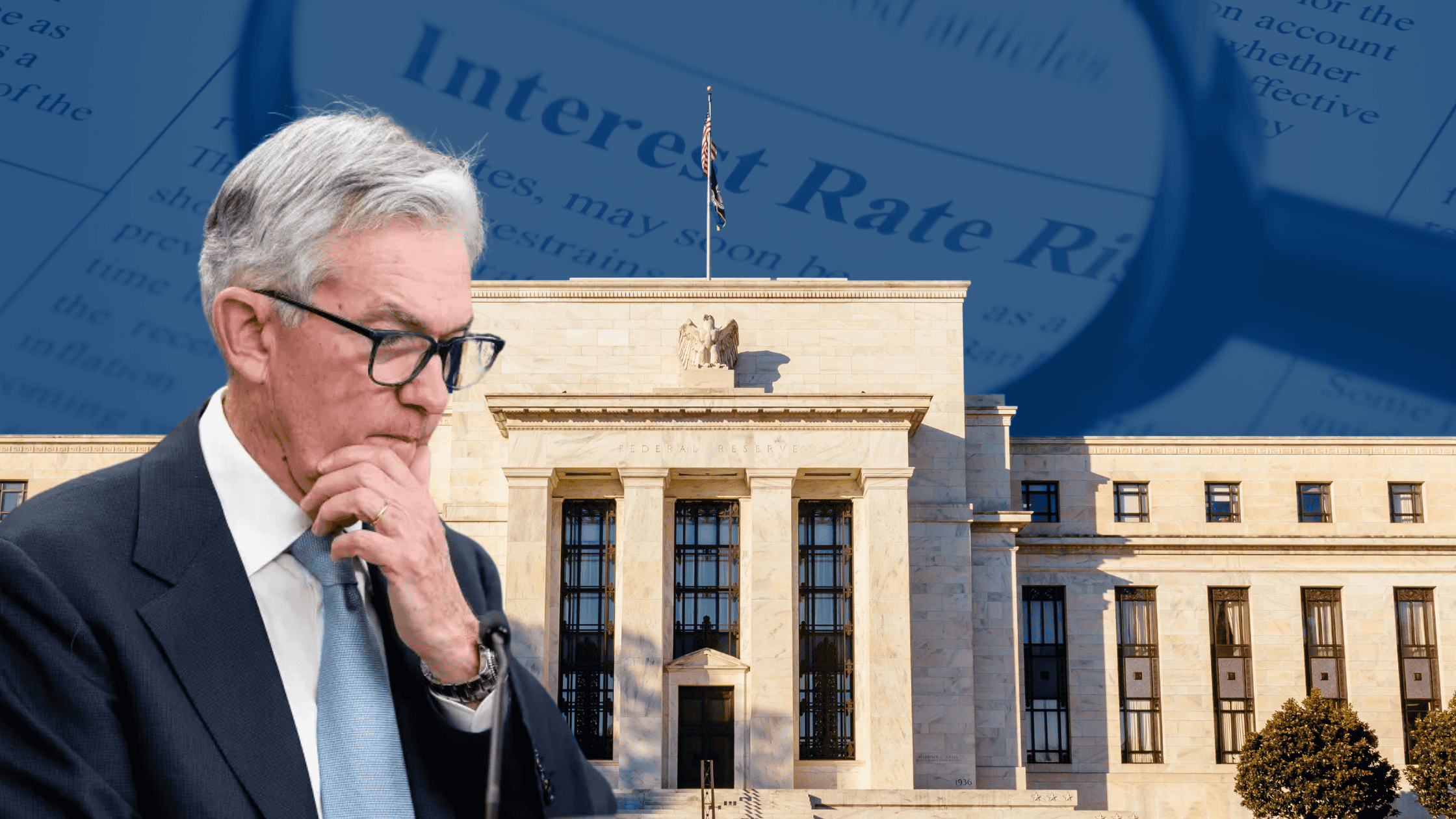By now, you’ve probably heard the Federal Reserve will likely cut interest rates in September. In explaining the thinking of the board, Chairman Jerome Powell cited:
- A hiring and quits rate below that of 2018 and 2019
- A ratio of vacancies to unemployment at its pre-pandemic range
- Significant downside risks to the labor market
If you’ve been reading our blogs, you’ll know this is roughly in line with our expectations.
- In May we cited a two-year lag in monetary policy and how this was beginning to become a headwind for the economy.
- In June, we covered the Beveridge Curve (the vacancies to unemployment ratio Chairman Powell refered to).
- In that same blog, we covered the Sahm Rule, an unemployment indicator that has triggered shortly before or during every recession in the postwar era. This rule signaled recession August 2nd, with the release of July’s employment data.
With unemployment rising and the Fed cutting rates, how do assets typically perform?
A decline in interest rates is good for investment grade bonds. Long duration bonds perform better in this environment. That said, recent inflation fears might dampen this effect.
You might expect lower interest rates to be good for stocks. However, when coupled with recessionary conditions the opposite tends to be true. Earnings are a significant component in the performance of stocks. Recessions have a tendency to lead to a contraction in corporate earnings.
Over the last 35 years, stock prices have initially rallied following rate cuts. Yet, rallies have been small, ranging from 1-8% and lasting a month or less.
Following these rallies, we’ve entered bear markets, with drawdowns ranging from 20-50%+.
We don’t have a crystal ball, and there are no iron rules, but history suggests elevated volatility may accompany a drop in rates.


